Shopping Cart
Subtotal: $0.00
*Sales tax will be added at checkout
*Sales tax will be added at checkout
July 7, 2023
By Queens Cannabis
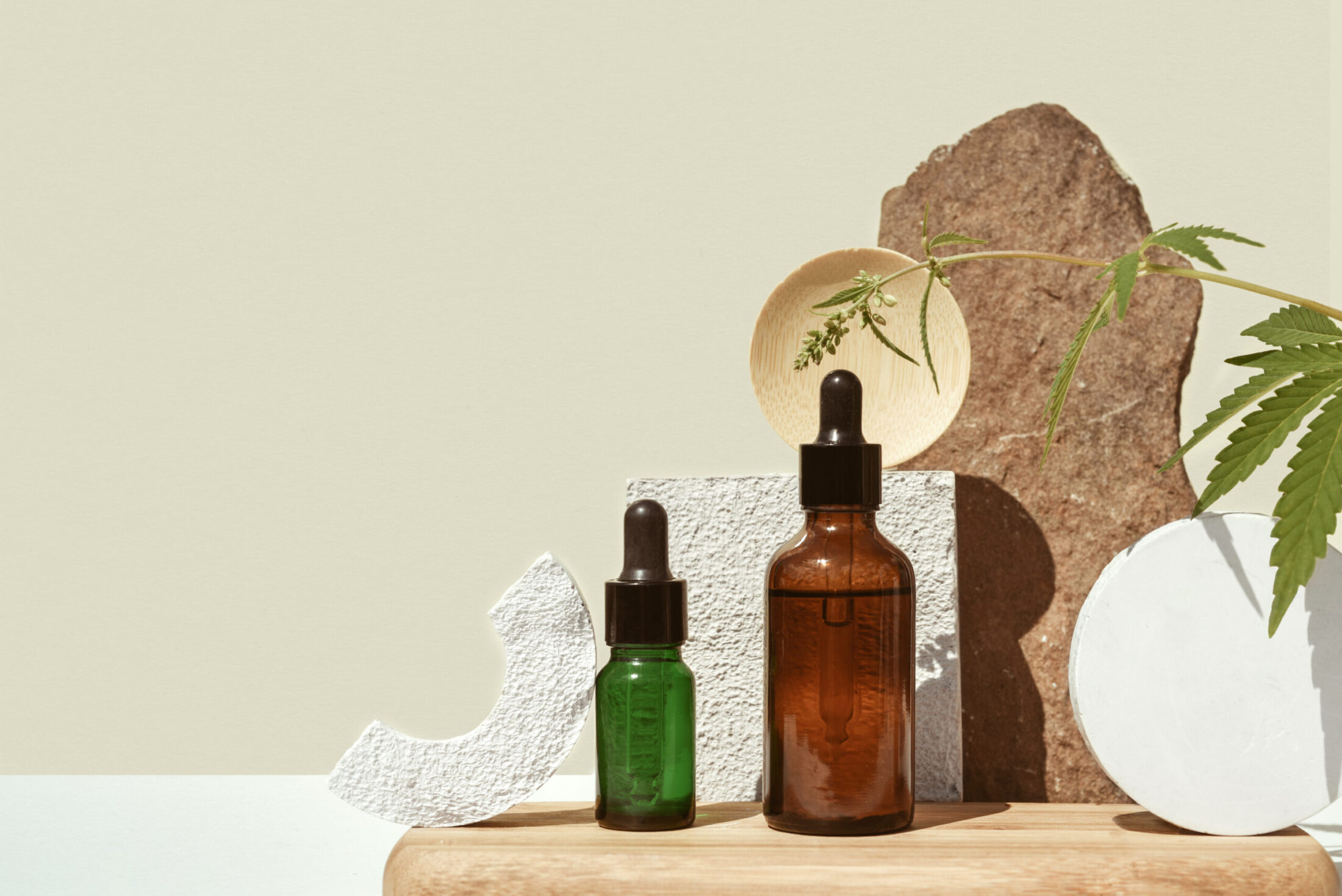
The cannabis industry has evolved into a full-fledged phenomenon. It’s not an exaggeration to say that the market is practically bursting at the seams with CBD and THC products. However, the questions arise: do these compounds share the same botanical origin? Do they both induce a psychoactive “high”? What sets them apart, and how does the dynamic interplay of CBD vs. THC unfold? To assist in navigating these queries, we present a detailed guide elucidating the distinctions between these compounds and their respective roles in the cannabis landscape.
Cannabidiol (CBD) and tetrahydrocannabinol (THC) are the two major naturally occurring cannabinoids found in Cannabis sativa plants. There are more than 550 chemical compounds in cannabis, with more than 100 phytocannabinoids being identified. The two most well-known chemicals, CBD (Cannabidiol) and THC (Delta-9-tetrahydrocannabinol) are primarily sourced from hemp and marijuana.
While hemp and marijuana are technically the same plants, differing nomenclature reflects their distinct cannabinoid compositions. “Marijuana” commonly refers to cannabis high in THC and low in CBD, often used interchangeably with slang terms like “weed” or “pot.” In contrast, hemp is a variety of the cannabis plant characterized by low THC content and high CBD content.
Cannabidiol, commonly known as CBD, stands as the second most abundant chemical compound within the cannabis plant. It is predominantly extracted from hemp plants, which contain trace amounts of THC, often below 0.3%. With THC content below the intoxicating threshold, CBD does not induce a sensation of being high. Initially discovered in the 1940s, CBD has gained increased popularity as a natural remedy for various conditions and according to a survey conducted in April 2022, 62 per cent of U.S. adults who incorporate cannabidiol into their routine cited anxiety and stress management as their primary reason for usage. Additionally, 60% noted pain relief as a motivating factor for embracing this supplement. Rather than inducing a high, CBD is valued for its ability to assist in managing occasional stress and promoting a sense of calm.
THC, short for delta-9-tetrahydrocannabinol, serves as the primary psychoactive component in the cannabis plant. Found abundantly in marijuana plants at concentrations typically ranging from 5% to 30%, THC is responsible for the intoxicating effects associated with cannabis consumption. The elevated THC levels are responsible for the “high” feeling experienced when smoking or consuming edibles made from marijuana. THC interacts with the endocannabinoid system, a complex cell-signalling system that regulates various functions, including mood, appetite, and sleep. This compound mimics the actions of naturally occurring neurotransmitters in the body, affecting the normal functioning of neurotransmitters. Approximately half of Americans have reported using marijuana at some point in their lives, reflecting the widespread familiarity with this psychoactive compound.
Despite inducing different pharmacological effects, CBD and THC share a parallel chemical composition comprising 21 carbon atoms, 30 hydrogen atoms, and two oxygen atoms. A subtle difference in the arrangement of these atoms distinguishes CBD from THC. This disparity in atomic arrangement results in varied binding patterns with the receptors in the body’s endocannabinoid system. This system plays a crucial role in modulating the central nervous system, synaptic plasticity, and the body’s response to external stressors. THC binds to CB1 receptors, primarily found in the brain and central nervous system, and CB2 receptors, primarily located in the immune system (with lower levels in the central nervous system). Conversely, CBD exhibits minimal affinity for either receptor.
Concerning psychoactive properties, THC is widely recognized for inducing a “high” due to its binding with CB1 receptors. This interaction activates the brain’s reward system and produces various cognitive and psychomotor effects. These effects include altered perception, coordination, and mood elevation. In contrast, CBD does not attach to CB1 or CB2 receptors, thus lacking the intoxicating effects associated with THC. Moreover, CBD has been found to have potential antipsychotic effects, potentially counteracting some of the psychotropic effects induced by THC.
From a legal standpoint, THC is categorized as a Schedule I substance at the federal level in the United States. Cannabis products exceeding 0.3% THC by dry weight remain illegal federally. However, individual states have implemented varying regulations, legalizing cannabis for medical and recreational use, leading to a complex legal landscape. At the federal level, hemp-derived products, including CBD, are legal under the 2018 Farm Bill as long as they contain less than 0.3% THC. Nevertheless, state laws regarding CBD and THC can vary, necessitating an understanding of local regulations.
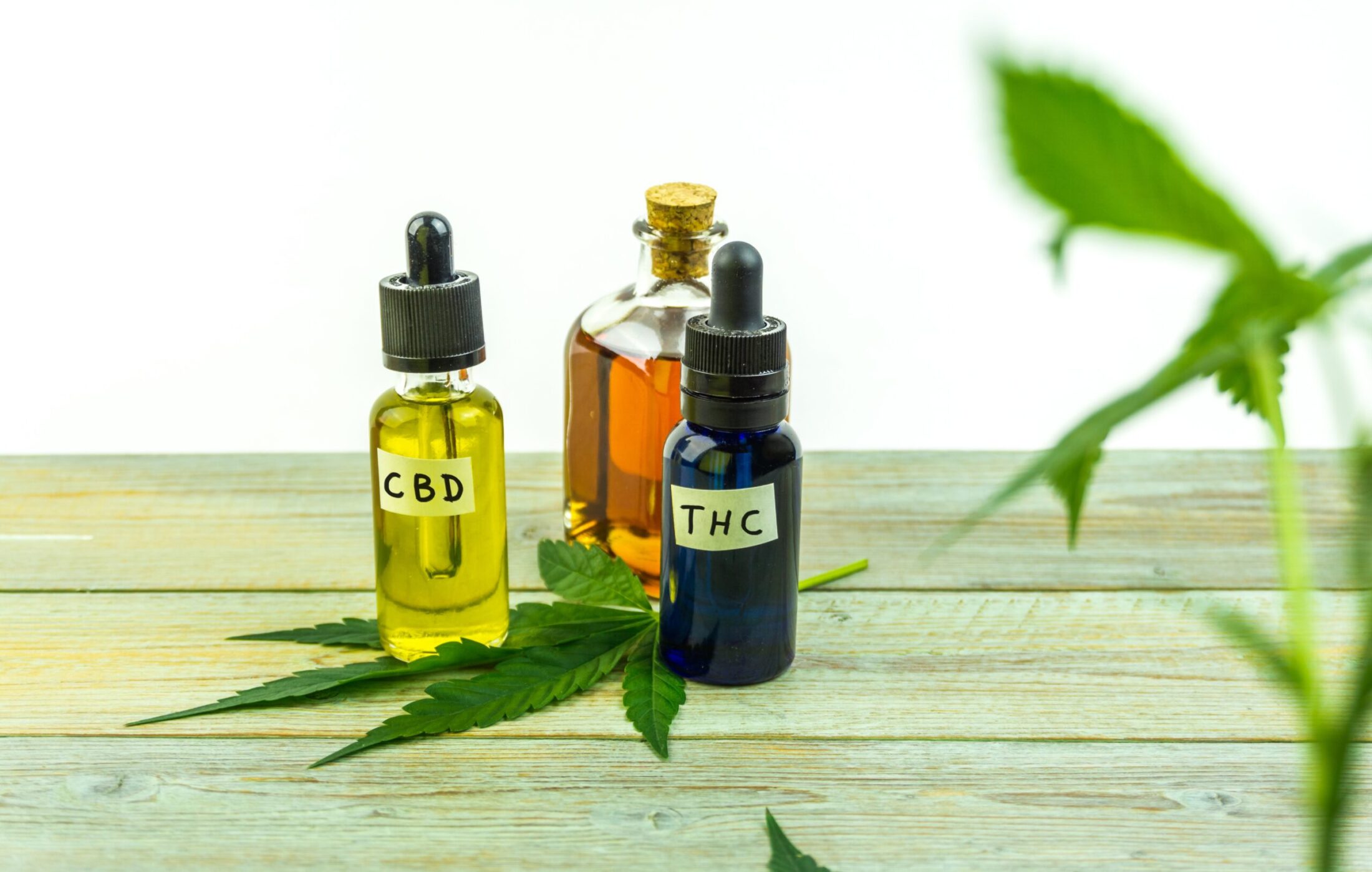
Drug tests are primarily formulated to identify the presence of THC rather than CBD within an individual’s system. However, using a drug test to detect CBD depends on the entity requesting the test and the specific objectives they aim to achieve through the results. The decision to include CBD in the screening process is contingent upon the party ordering the test and the intended application of the findings. It’s crucial to note that THC remains detectable on a drug test even when individuals are using hemp-derived CBD products that adhere to legal THC limits, set at no more than 0.3%. This emphasizes the need for individuals to be aware that the use of legal hemp-derived CBD products does not guarantee immunity from THC detection in drug tests, and caution should be exercised accordingly.
Both CBD and THC present significant therapeutic advantages, effectively addressing issues such as sleep disturbances and physical pain. CBD, in particular, showcases anxiolytic and antidepressant effects, providing relief for individuals with anxiety or depression. CBD’s anti-inflammatory properties are beneficial for conditions like arthritis, while the FDA-approved medication Epidiolex, containing CBD, is used for specific forms of epilepsy. THC is known to stimulate appetite, aiding those undergoing chemotherapy or experiencing appetite-related issues. Additionally, it has antiemetic properties, helping reduce nausea and vomiting. When administered in combination, CBD and THC work together to offer enhanced medical benefits. For example, Nabiximols, commercially known as Sativex, is a combination formula of 1:1 THC and CBD used for alleviating symptoms associated with multiple sclerosis and cancer-related pain. Despite lacking approval in the United States, Nabiximols has received approval for use in 27 countries.
THC and CBD may produce distinct side effects. The use of THC often results in common issues such as dry mouth and intoxication effects, including disorientation, paranoia, and dizziness. Serious reactions may include panic attacks and psychosis, and higher doses might even necessitate hospitalization. CBD is generally well-tolerated; however, high doses may lead to fatigue, and some individuals might experience mild gastrointestinal discomfort. Adverse digestive effects associated with CBD are typically linked to other ingredients in the product, such as coconut oil.
Both CBD and THC can be introduced into the body through various consumption methods, allowing individuals to choose the most suitable approach based on personal preferences and health considerations. These methods include:
Both CBD and THC offer medical benefits and are generally deemed safe. However, it is essential to contemplate potential side effects and interactions with other medications. It’s important to note that this discussion is not an endorsement or encouragement for the use of any drugs. The information provided here is intended solely for educational purposes, and individuals should always consult healthcare professionals for personalized advice. The use of CBD, THC, or any other substances should be approached with caution and by legal regulations.
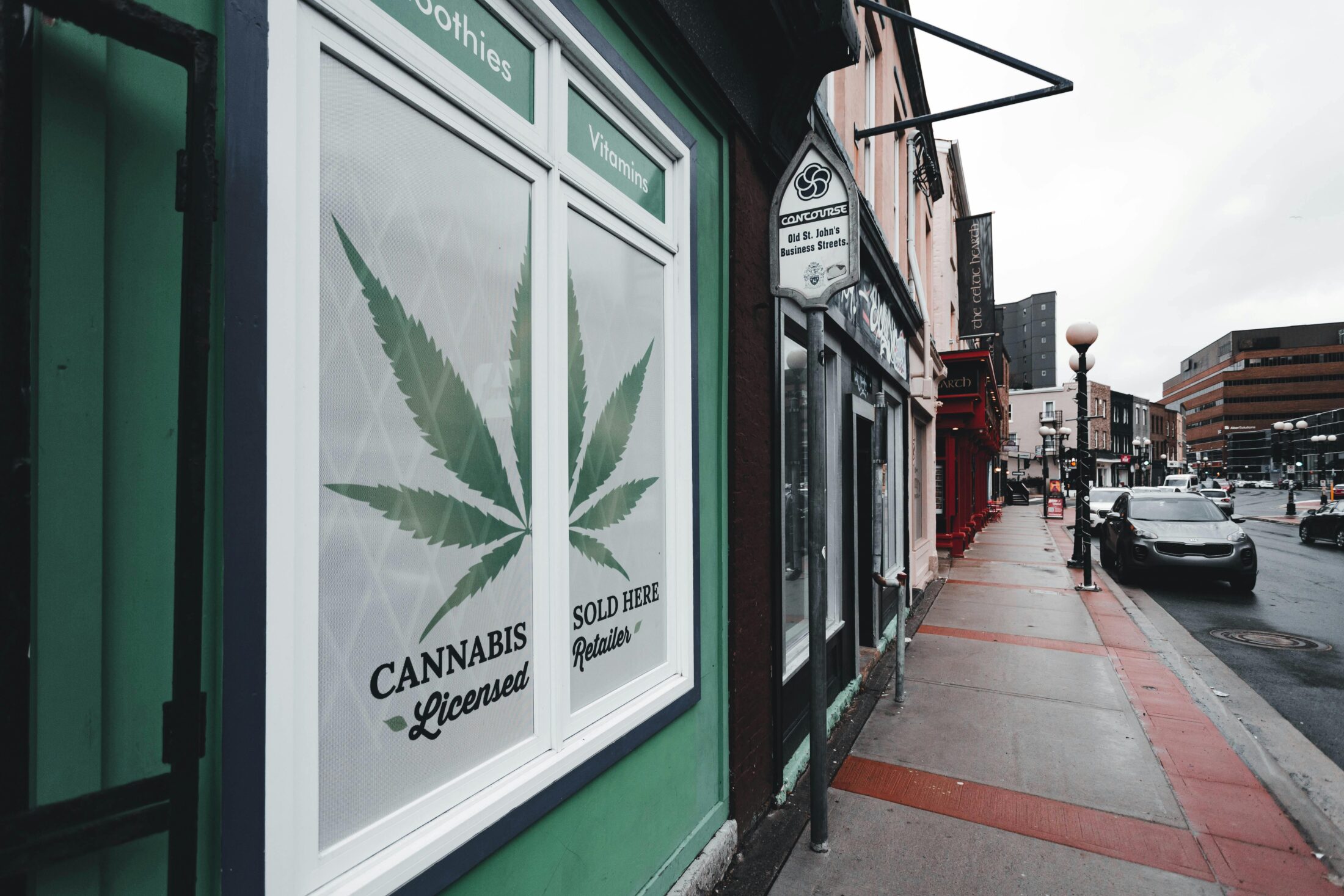
July 8, 2025
Whether you’re a tourist interested in trying the famed “BC bud” or a curious first-timer local finally ready to explore how to buy weed in BC, visiting a dispensary can feel both exciting and a bit scary. With British Columbia’s cannabis scene growing rapidly since legalization in 2018, it’s never been easier, or more socially […]
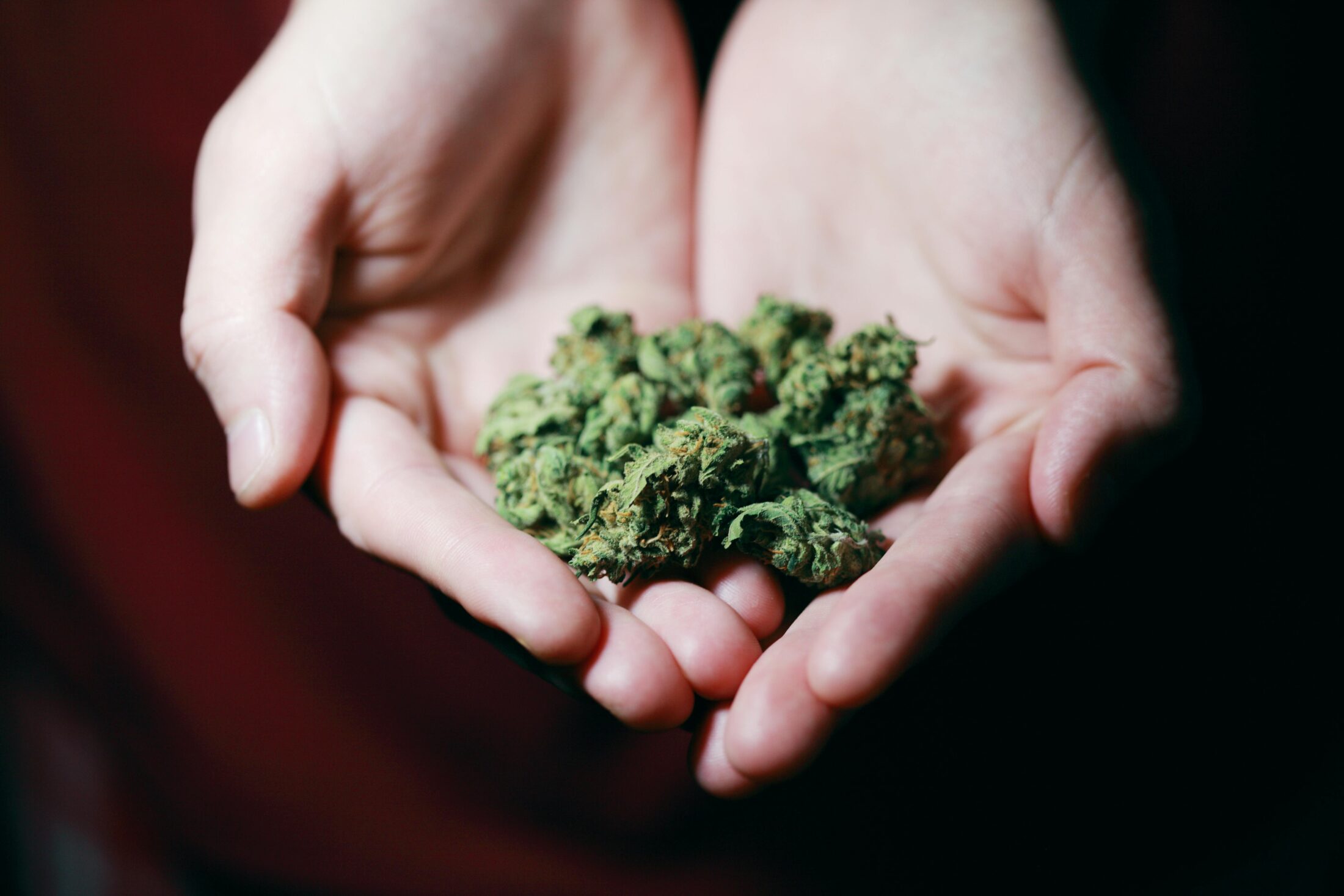
June 5, 2025
British Columbia, Canada, has always had a bit of a green reputation, and we’re not just talking about its iconic forested landscapes. For years, British Columbia’s been known for its famously potent “BC bud,” and since legalization, you can find dispensaries stocked with mass-market cannabis products every few blocks. However, a new movement has emerged: […]
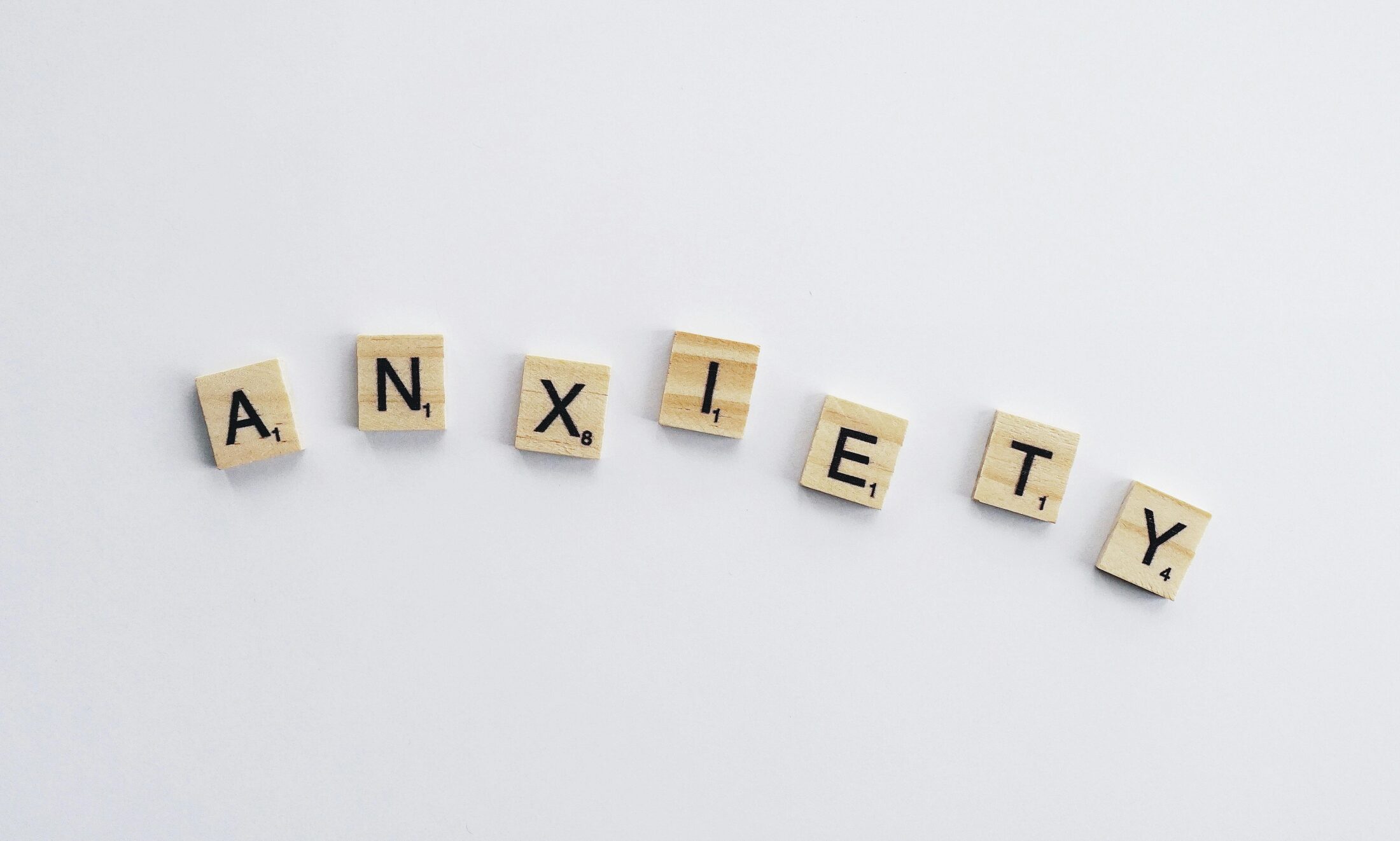
May 16, 2025
If you’ve spent any time around cannabis, you know the two main players: Indica and Sativa. Indicas are known to be the go-to for chilling out, getting to sleep, and overall relaxation. Sativas, on the other hand, are known for their energetic, heady highs. Many love sativa’s ability to give a mood and activity boost. […]
Get news and updates about QueensBorough Cannabis Co.